
Top 7 Web Development Trends You Can't Afford to Ignore
Adstrategic
7 min read
Published on Wednesday, Aug 21, 2024
The rapid pace of technological advancements means that trends come and go quickly, but some have lasting impacts that can shape the future of the web.
Here are the top seven web development trends you can't afford to ignore in 2024.
1. Progressive Web Apps (PWAs)

What Are PWAs?
Progressive Web Apps (PWAs) are web applications that combine the best features of both web and mobile apps. They are built using standard web technologies like HTML, CSS, and JavaScript but offer functionalities typically found in native apps, such as offline access, push notifications, and fast load times.
Why PWAs Matter:
Enhanced User Experience: PWAs provide a seamless experience across different devices, ensuring that users have a consistent and reliable interaction with the web application, even with poor internet connectivity.
Cost-Effective Development: Unlike traditional native apps that require separate codebases for iOS and Android, PWAs only require a single codebase, reducing development and maintenance costs.
SEO Benefits: Since PWAs are technically websites, they are indexed by search engines, which can improve visibility and drive more traffic.
Impact on Businesses: With companies like Twitter, Starbucks, and Pinterest adopting PWAs, it's clear that this trend is not just a passing phase. Businesses that invest in PWAs can expect to see improved user engagement, higher conversion rates, and lower development costs.
2. Artificial Intelligence and Machine Learning Integration
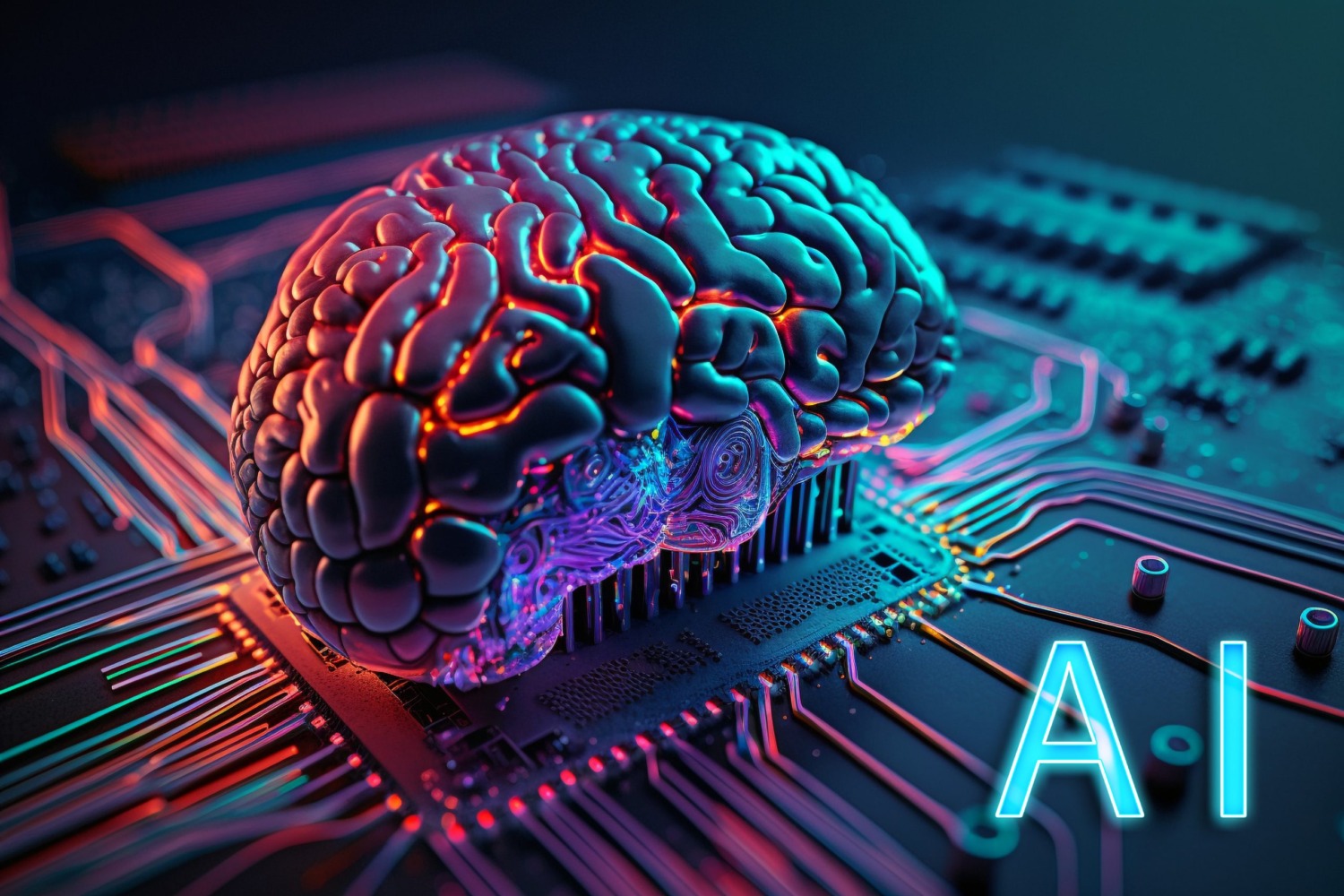
The Role of AI and ML in Web Development: Artificial Intelligence (AI) and Machine Learning (ML) are revolutionizing how websites and applications interact with users. From personalized content recommendations to automated customer service, AI and ML are becoming integral to web development.
Key Applications:
Chatbots: AI-powered chatbots can handle customer inquiries 24/7, providing instant responses and improving customer satisfaction.
Personalization: Machine learning algorithms analyze user behavior to deliver personalized content, product recommendations, and user experiences.
Predictive Analytics: Businesses can use ML models to predict user behavior, allowing them to make data-driven decisions and optimize their offerings.
Future Prospects: As AI and ML technologies continue to evolve, their integration into web development will only deepen. Websites that can learn from user interactions and adapt in real time will set new standards for user experience.
3. Voice Search Optimization

Why Voice Search Is Gaining Traction:
With the rise of smart speakers and voice-activated assistants like Alexa, Siri, and Google Assistant, voice search is becoming increasingly popular. By 2025, it's estimated that 75% of households will own a smart speaker, making voice search optimization a critical aspect of web development.
Key Strategies for Voice Search Optimization:
Conversational Keywords: Voice searches tend to be more conversational and question-based, so optimizing for long-tail keywords and natural language is essential.
Featured Snippets: Voice assistants often pull information from featured snippets, so structuring content to appear in these can significantly boost visibility.
Mobile Optimization: Since many voice searches are performed on mobile devices, ensuring that your website is mobile-friendly is crucial for capturing voice search traffic.
Business Implications:
Ignoring voice search optimization could mean missing out on a significant portion of your audience. Businesses that adapt to this trend will find themselves better positioned to meet the needs of modern consumers.
4. WebAssembly (Wasm)
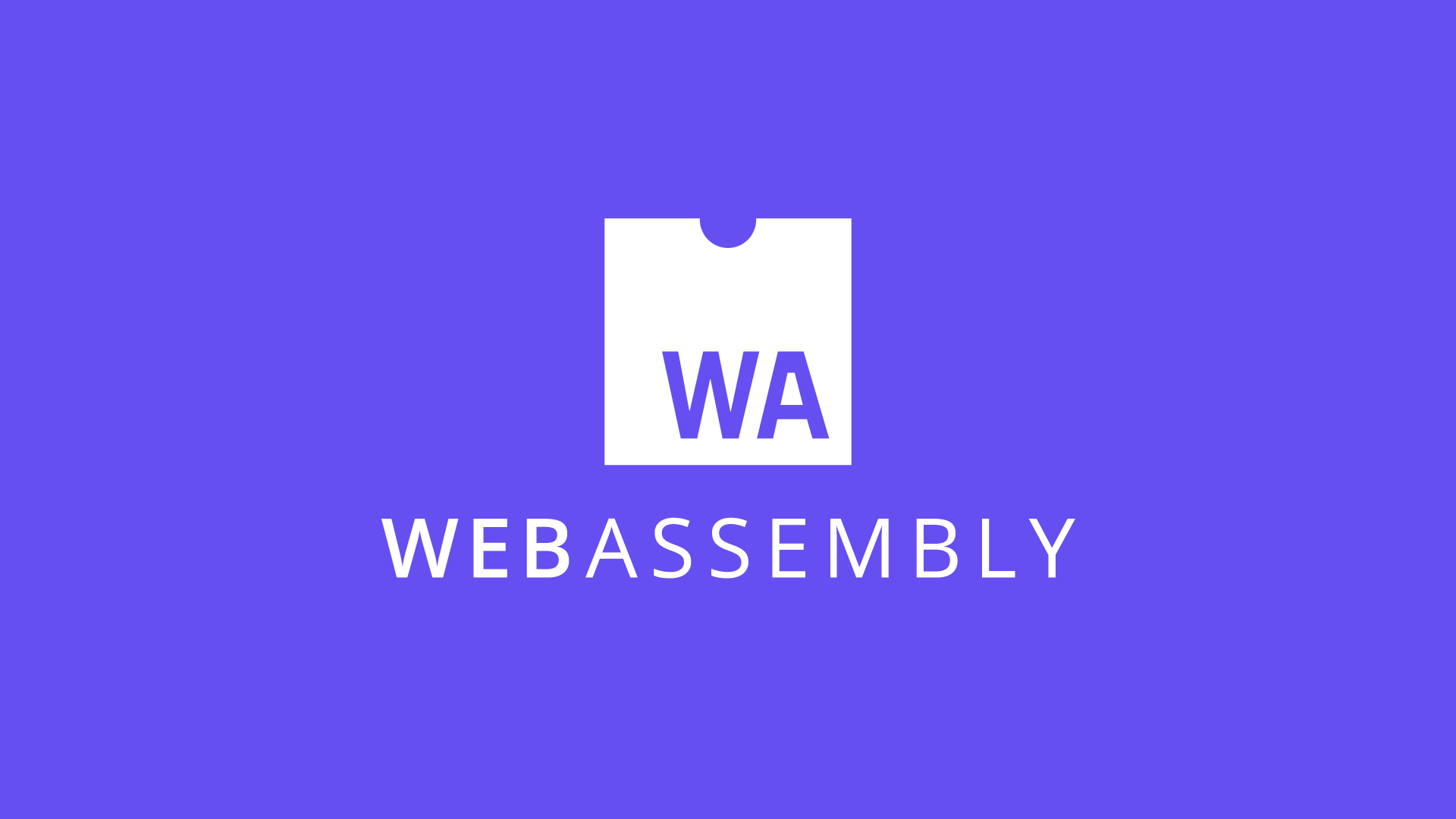
What Is WebAssembly?
WebAssembly (Wasm) is a binary instruction format that allows code written in multiple languages (such as C, C++, and Rust) to run on the web at near-native speed. It enables developers to create high-performance applications that were previously not possible with JavaScript alone.
Why WebAssembly Is a Game-Changer:
Performance Boost: WebAssembly significantly improves the performance of web applications, making it ideal for compute-intensive tasks like games, video editing, and scientific simulations.
Cross-Platform Compatibility: WebAssembly runs on all major browsers and operating systems, ensuring broad compatibility and a seamless user experience across different platforms.
Future-Proofing: As web applications become more complex, the need for better performance and efficiency will grow. WebAssembly offers a way to meet these demands without being limited by the constraints of JavaScript.
Real-World Applications:
Companies like Figma and AutoCAD have already embraced WebAssembly to enhance the performance of their web applications. As more developers recognize its potential, WebAssembly is set to become a standard in web development.
5. Single-Page Applications (SPAs)
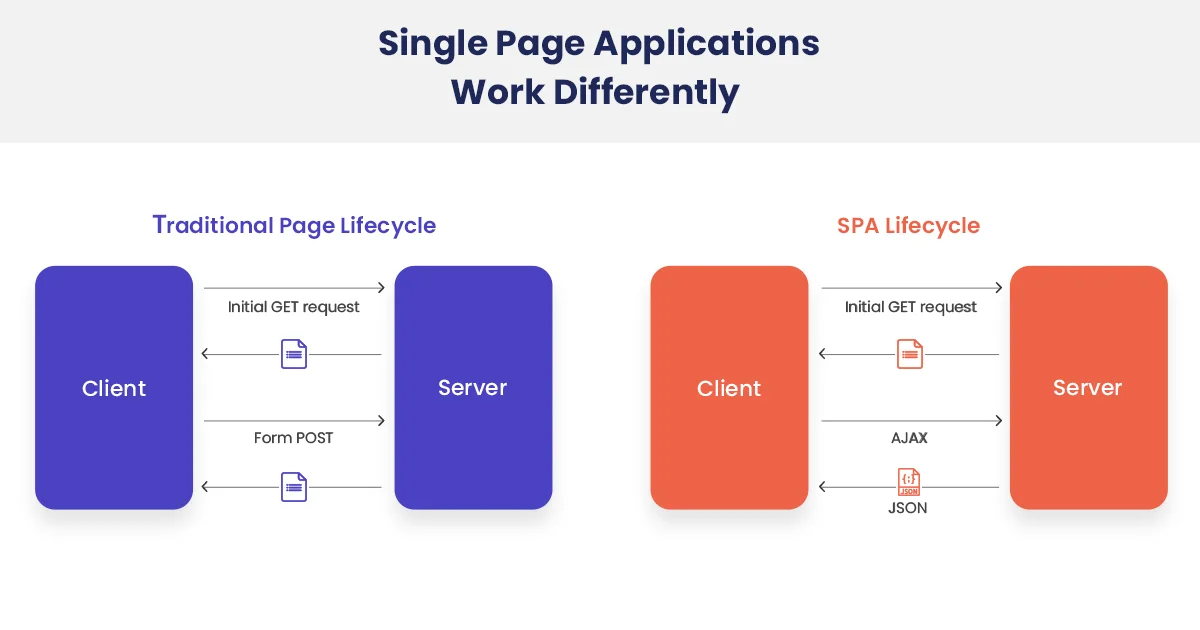
Understanding SPAs:
Single-Page Applications (SPAs) are web applications that load a single HTML page and dynamically update content as the user interacts with the app. This approach provides a smoother and more fluid user experience, similar to that of a desktop application.
Benefits of SPAs:
Faster Load Times: Since SPAs load only the necessary content instead of reloading the entire page, they offer significantly faster load times.
Improved User Experience: SPAs eliminate the need for full page reloads, resulting in a more seamless and responsive user experience.
Easier Debugging: Developers can easily debug SPAs using Chrome’s Developer Tools, as SPAs are built using popular frameworks like React, Angular, or Vue.js.
Challenges and Considerations:
While SPAs offer many benefits, they also come with challenges such as SEO difficulties and increased complexity in managing browser history. However, with the right strategies and tools, these challenges can be effectively mitigated.
Why SPAs Are Here to Stay:
As user expectations for faster and more interactive web experiences continue to rise, SPAs will become increasingly popular. Companies looking to create highly responsive and user-friendly web applications should seriously consider adopting the SPA model.
6. Serverless Architecture
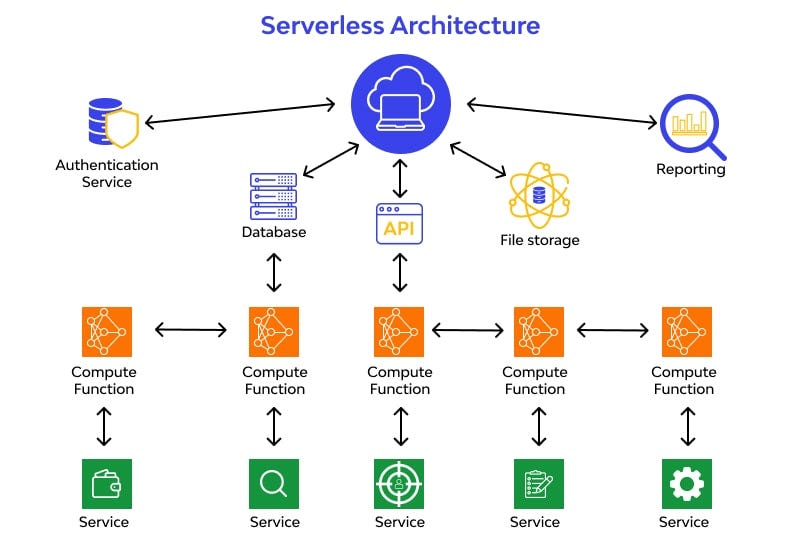
What Is Serverless Architecture?
Serverless architecture is a cloud computing execution model where the cloud provider dynamically manages the allocation and provisioning of servers. Developers can build and deploy applications without worrying about the underlying infrastructure, hence the term "serverless."
Advantages of Serverless Architecture:
Cost Efficiency: With serverless, you only pay for what you use, making it a cost-effective solution for businesses of all sizes.
Scalability: Serverless architecture automatically scales with your application, ensuring that it can handle varying levels of traffic without any manual intervention.
Faster Time-to-Market: By eliminating the need to manage servers, developers can focus on writing code, resulting in faster development cycles and quicker deployment times.
Use Cases:
Serverless architecture is particularly well-suited for applications with variable or unpredictable traffic patterns, such as APIs, microservices, and real-time data processing applications.
The Future of Serverless:
As cloud computing continues to grow, serverless architecture will play a crucial role in web development. Businesses that leverage serverless can expect to reduce operational costs, improve scalability, and accelerate time-to-market.
7. Motion UI and Microinteractions
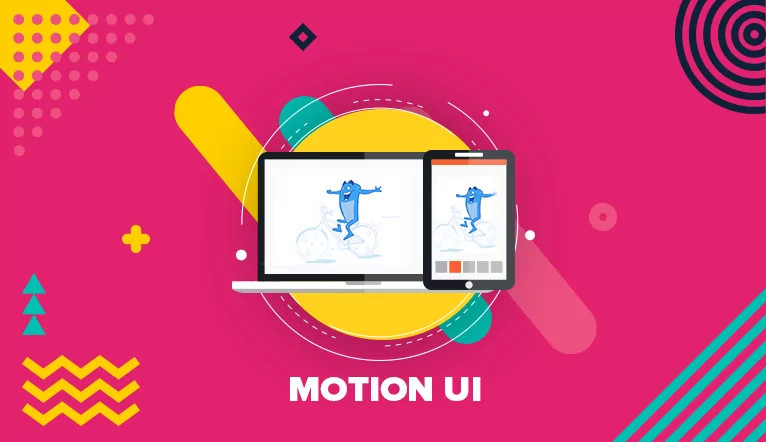
The Role of Motion UI in Web Design:
Motion UI refers to the use of animations and transitions in web design to create engaging and interactive user experiences. Microinteractions are subtle, often single-use animations that respond to user actions, such as liking a post or receiving a notification.
Why Motion UI Is Important:
Enhanced User Engagement: Motion UI helps capture and retain user attention by making interactions more dynamic and visually appealing.
Guided User Navigation: Thoughtfully designed animations can guide users through a website, making it easier for them to find the information they need.
Brand Personality: Unique microinteractions can convey a brand's personality and tone, differentiating it from competitors.
Examples of Motion UI: Popular examples include loading animations, hover effects, and transition animations. Websites that use Motion UI effectively can create memorable user experiences that drive engagement and conversions.
Looking Ahead:
As web design continues to evolve, Motion UI and microinteractions will become essential tools for creating user-centric websites. Designers who master these techniques will be better equipped to build websites that stand out in an increasingly competitive digital landscape.
Conclusion
The web development landscape is constantly changing, driven by technological advancements and evolving user expectations. The seven trends outlined above—Progressive Web Apps, AI and ML integration, voice search optimization, WebAssembly, Single-Page Applications, serverless architecture, and Motion UI—are shaping the future of web development. Businesses and developers who embrace these trends will be better positioned to create cutting-edge web experiences that meet the demands of modern users.
Ignoring these trends could mean falling behind in a highly competitive market. By staying informed and adapting to these changes, you can ensure that your web development projects are not only relevant today but also future-proofed for tomorrow.
